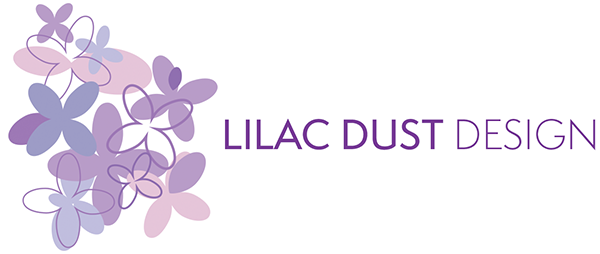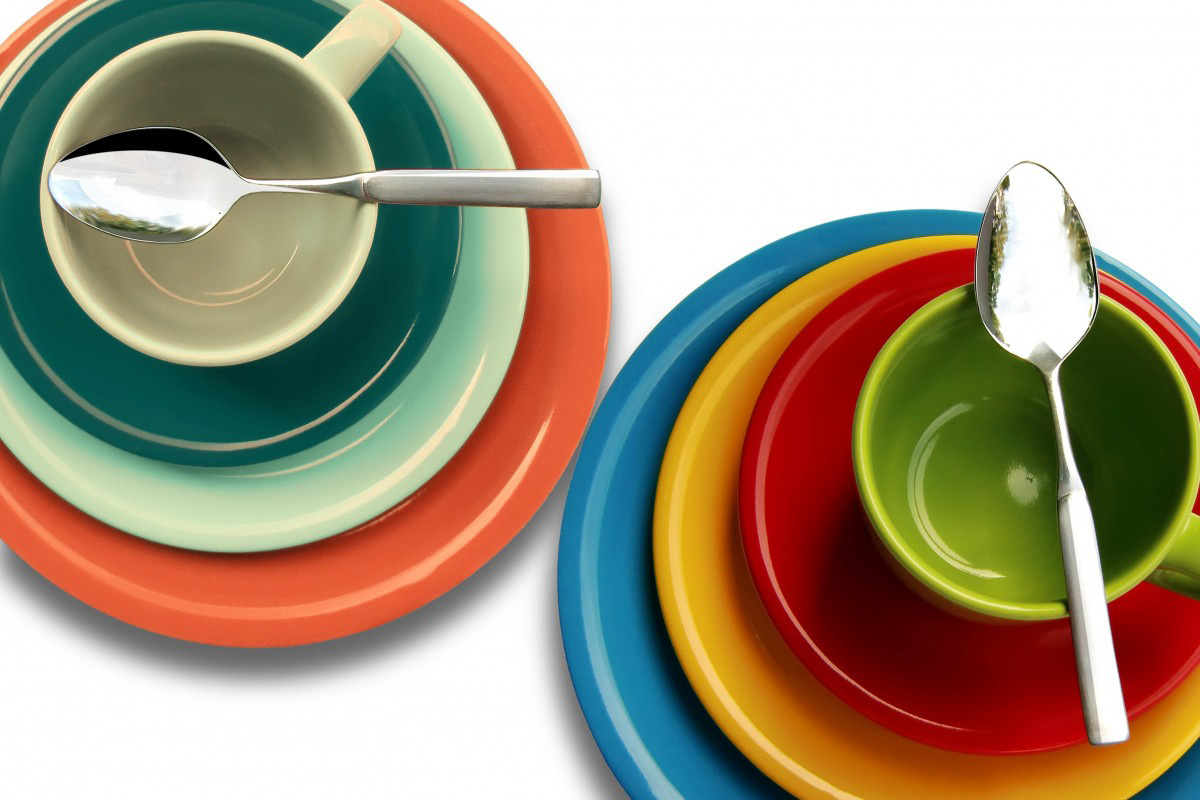Part One
The aroma of food usually grabs people’s attention first, but I think color is just as alluring.
Many chefs tote the benefits of eating a “rainbow” of colors because it reflects a more balanced diet. The scientific explanation is that a compound called phytonutrients join forces with a fruit or vegetable’s vitamins to create a whole, complete food.
Most of us are also hardwired to respond to appealing food presentation. This means considering the color not only of the food, but of your plates, and how they interact. Harmonizing dinnerware with your dinner can create a more satisfying experience than simply serving a good meal. Color can help set a mood and boost the personality of your cuisine.
One example is when I borrowed a friend’s plates for some reason. They were a more upscale Italian brand, much nicer than whatever I had at the time. It occurred to me how much nicer an Italian dinner would look on her plates than my own. They design was sort of rustic but elegant, with a sandy tone and deep red accents, much like a lot of Italian cuisine.
Paint color trends emerged that reflected a need for calm and optimism. In 2021, for interiors, Benjamin Moore names its color of the year Aegean Teal, a soothing blue-green, while Sherwin–Williams selected Urbane Bronze, a rich bold neutral that is supposed to reflect our need for serenity. Pantone’s 2021 Colors of the Year were two: Ultimate Gray and Illuminating, a bright yellow, to express both fortitude and happiness, the expectation of something bright on the horizon.
What about 2021 color trends for food?
Check back for Part Two: what were the trendy colors for food in 2021?

